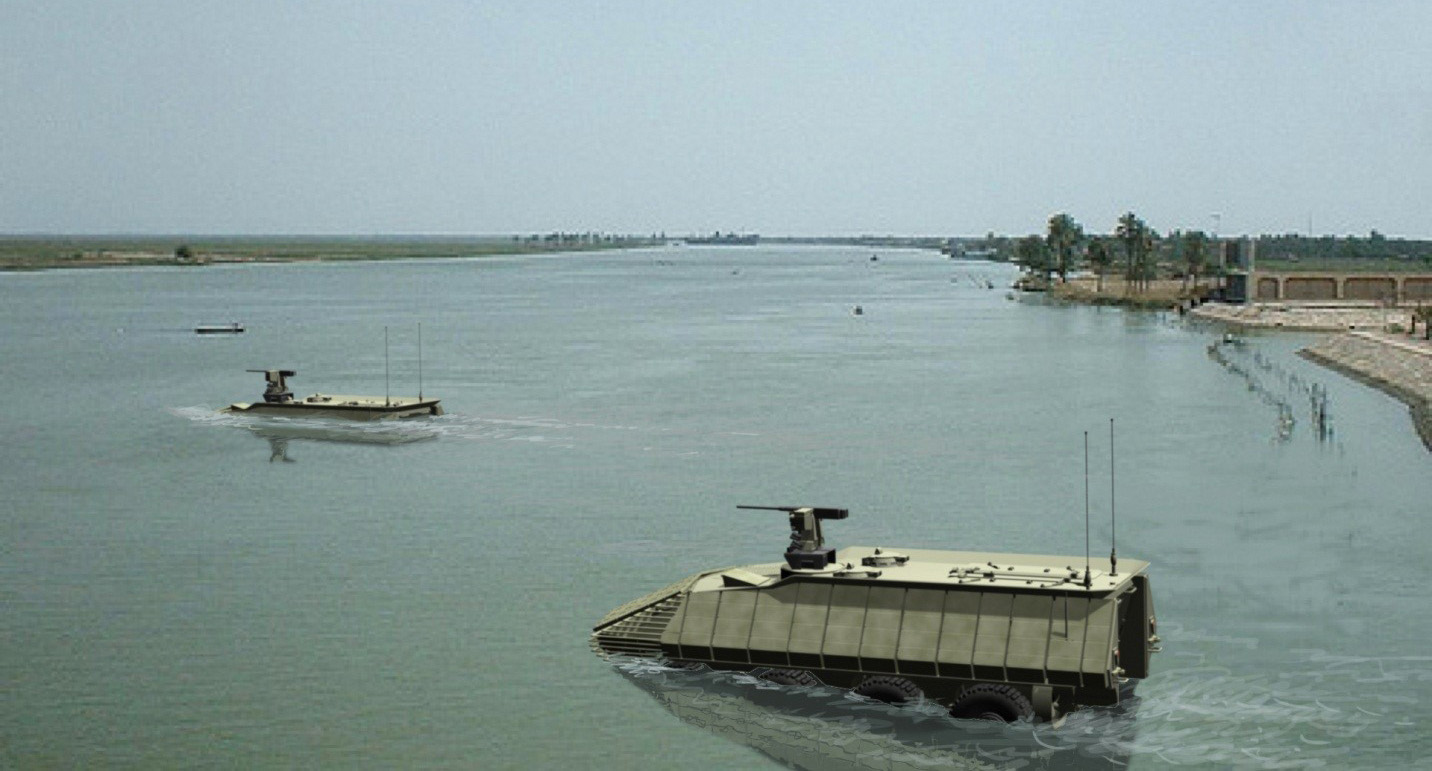WASHINGTON – The Marine Corps says its new armored troop carrier will deploy Marines faster, maneuver better on the ground and cost less than half of what was anticipated, but a Senate Armed Services subcommittee says Congress has heard that before from the Corps.
The Amphibious Combat Vehicle, designed to maneuver quickly both on the ground and in shallow water, is expected to augment and eventually replace the aging Amphibious Assault Vehicle the Marines currently employ.
Sen. Angus King, I-Maine, said at a hearing Wednesday that he was concerned the United States was improving technology at a slower pace than some other countries, because “while we’re doing the acquisition process to be really careful about getting a 100 percent solution, our adversaries are able to buy off-the-shelf 80 percent solutions and race ahead of us in terms of capacity.”
Lt. Gen. Robert Walsh, who heads the Marines’ combat and development office, said that that 20 percent really mattered. Walsh recalled a time during the Cold War when he got to see the inside of a Soviet MiG-29 for the first time.
“I was really concerned that this was going to be a better plane than we had,” Walsh said, “But when I got inside the cockpit and looked at the technology, suddenly I thought I was sitting in an F-4. It was way behind the technology curve.” This, he said, was the 80 percent solution in King’s question.
“The future security environment requires a robust capability to maneuver from the sea to the shore,” Walsh told the seapower subcommittee. The ACV will make that happen – and it is the Marines’ top priority as the Corps moves to modernize ground forces, he told the panel’s chairman, Sen. Roger Wicker, R-Miss.
Ranking member Sen. Mazie Hirono, D-Hawaii, reminded Walsh and Deputy Assistant Secretary of the Navy Thomas Dee that “the Marine Corps has had a mixed record developing a new amphibious fighting vehicle.”
Hirono wanted to know how this program would be different from the Marines’ four previous attempts to replace the AAV with a high-water-speed wheeled vehicle, all of which failed to pan out.
To start with, Walsh said, the Marines aren’t developing new technology for the ACV. Instead, the first phase uses battle-tested technology and abandons the focus on water speed that bogged down past programs.
“Staying with something that we think is much more achievable reduced a lot of that risk,” Walsh said. The second phase will examine higher-speed variants, but that still won’t be as high a priority as it has been.
The first phase of the program requires a “surface connector” vessel to deliver the ACV from a ship to shallow water, where the vehicle is at its best. The second phase ACV should be capable of deploying directly from ship to shore.
According to a February background report, the ACV is expected to cost between $5 million and $6 million, about $10 million less than initially expected. Dee, deputy assistant for expeditionary programs and logistics management, said the program is on track for that lower-cost projection.
“We are at cost or below cost,” Dee said, though he acknowledged that the project was slightly behind schedule. The savings, he said, were primarily due to a competitive contracting process.
That’s good news, Sen. King told Dee and Walsh. The Navy, of which the Marines are a part, has many new programs on the table this budget cycle and needs to prioritize. King said the Marines’ input as Congress reforms procurement procedures would make that prioritizing easier.

